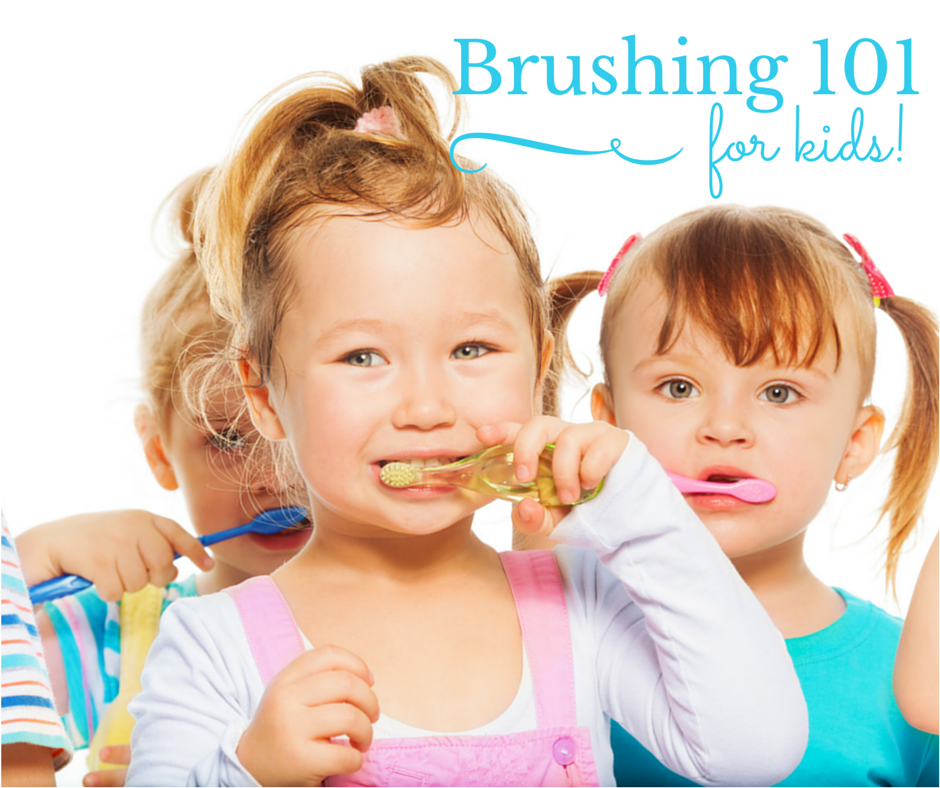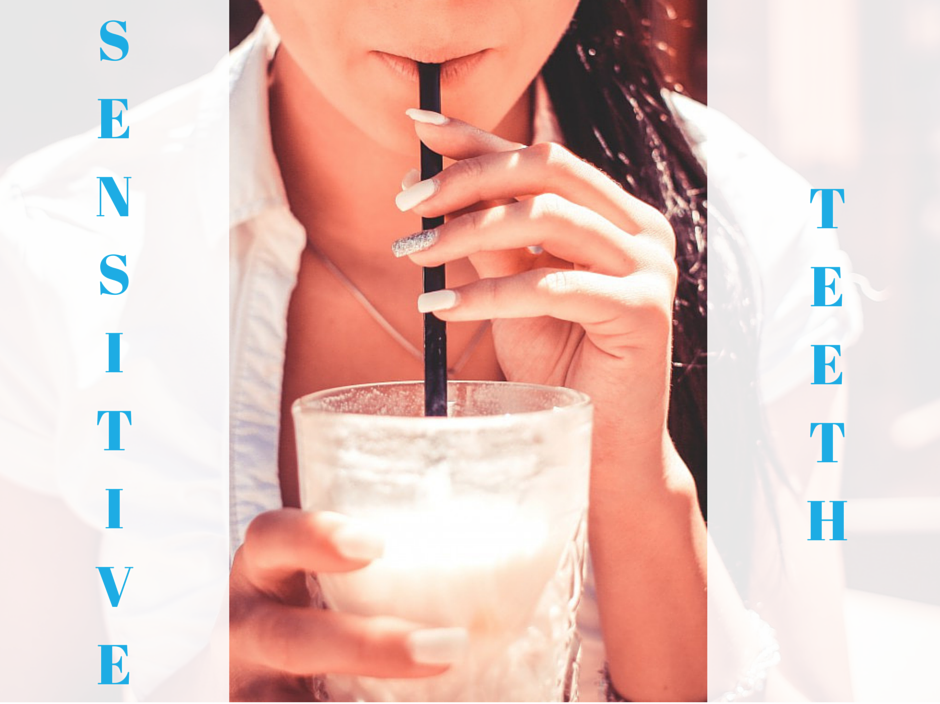
Brushing your teeth is the foundation of good oral hygiene, and we believe that good habits should start as early as possible. Even before your little one sprouts their first tooth, you can use a damp washcloth or soft gum brush to gently massage the gums to promote good oral hygiene (I think that tip is for the extra-keen parents out there J). But once that first tooth comes in…. start brushing!
Every child is different, but until the age about 6 their fine motor skills are… hmmm, how should I put it… somewhat lacking. So Mom and Dad, it’s your job to get in there and do the job properly. Lots of times, kids want to brush their teeth on their own (which is great), but it’s a good idea to let them to do it first, then you can sneak in after and get the spots they missed. And even after they’ve mastered the art of brushing, it’s a good idea to supervise your kids for a while, just in case.
Toothbrushes come in all shapes and sizes. So for kids, it’s best to use toothbrushes that are made specifically for them. These brushes tend to be smaller for easier access and are super soft so the bristles are gentle on their teeth and gums. Plus, they have fun characters on them – I mean, what kid wouldn’t want to brush with a Spiderman toothbrush (or Cinderella if that’s their thing).
When it comes to toothpaste, there are some important things all parents should know. Fluoride in toothpaste has been proven to reduce cavities, but because young children aren’t really able to spit out the toothpaste, they end up swallowing it. Ingesting too much fluoride at a young age can lead to a cosmetic condition called fluorosis, which affects the appearance of their permanent teeth. The severity can range from barely visible white spots on the enamel to dark brown staining and bumpy surfaces of the teeth. To help prevent this, there are recommended guidelines as to how much toothpaste parents should use on their kids:
- Under 3 years old: Visit your dentist to determine whether or not your child is at a greater risk of getting cavities. If your child is low risk, then you can simply use a toothbrush and water to brush your teeth, but if your child is higher risk, then a fluoride toothpaste might be recommended. No more than a smear of toothpaste or the size of a grain of rice should be used.
- Between ages 3 to 6: No more than a pea-sized amount of toothpaste should be used, along constant supervision of an adult.
- After the age of 6, the amount used is less of a concern because kids are able to spit out most of the toothpaste anyways, and the permanent teeth have already developed. However, it’s still important to supervise to make sure they’re not swallowing too much of it.
There are fluoride-free formulas on the market as well. They wouldn’t give you the cavity-fighting benefit of fluoride, but you could use them instead of brushing with plain water on children under 3, just to get them used to the idea of toothpaste. Plus, they come in some pretty delicious flavours.
Just remember to keep it FUN!




